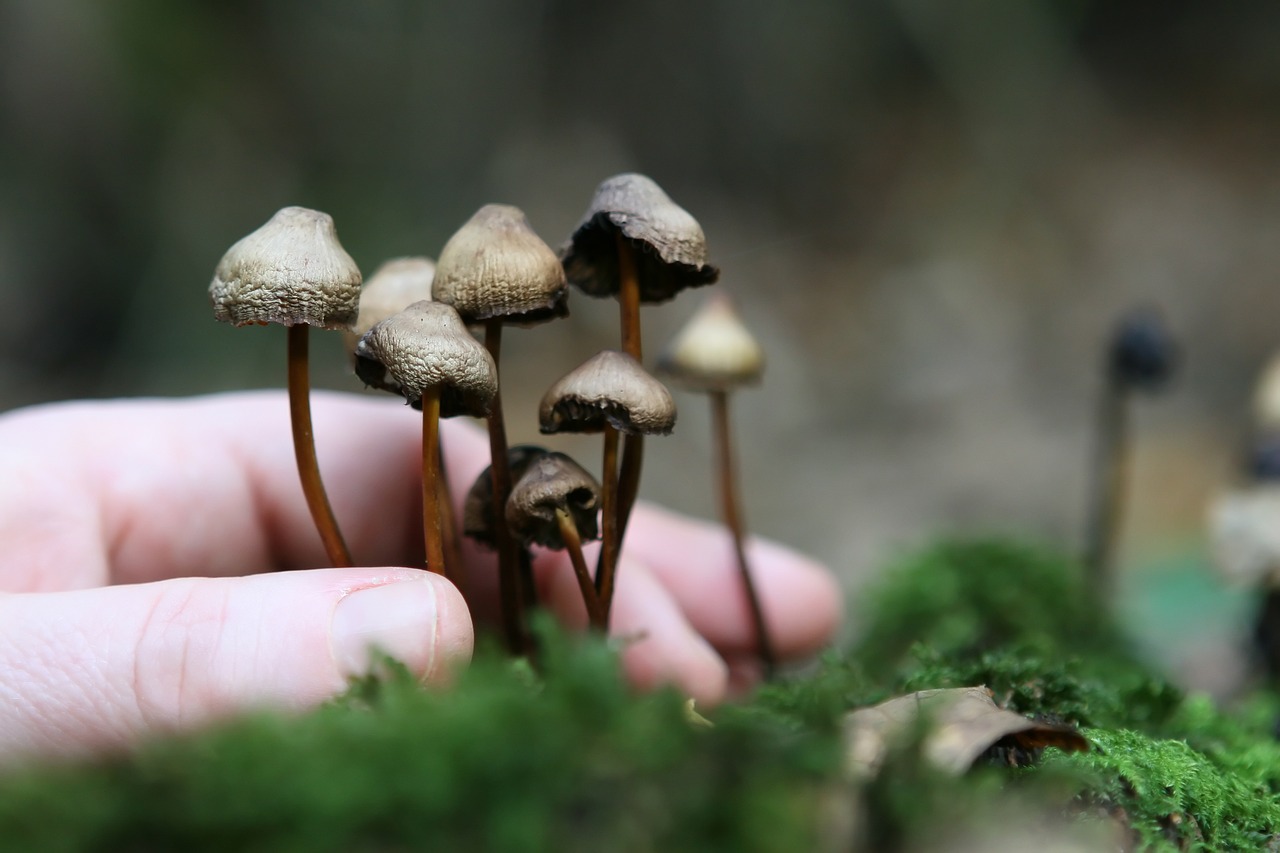A Closer Look at Mycelium
The root structure of fungi, mycelium, acts as a digestive system for mushrooms, locating and processing nutrients into a usable form for the fungus. The byproduct of this process enriches the soil, creating a nutrient-rich biomass that serves as excellent gardening mulch.
Apart from facilitating mushroom growth, mycelium networks are indispensable for the wellbeing and development of many land-based plants, including trees. For example, a symbiotic relationship exists between tree roots and fungi where the tree supplies sugars as carbon to the fungus, and in turn, the fungus provides essential minerals like nitrogen and phosphorus to the tree. Discover more about this interaction here.
Fascinatingly, mycelium networks function as an underground communication network among plants, akin to the neural networks in our brains. Latest scientific studies propose that plants and trees may have rudimentary nervous systems that fungi might influence, affecting functions like communication, memory, and learning. Furthermore, mycelium enhances soil health by breaking down organic matter and neutralizing pollutants.
If cultivating magic mushrooms piques your interest, it’s essential to comprehend the growth of mycelium. Although the cultivation process might seem daunting for beginners, understanding mycelium is a crucial starting point. You can always opt to buy mushrooms from Shroom Delivery Canada online, but knowing about mycelium can improve your cultivation journey.
Understanding the Growth Stages of Mycelium
When the conditions are right for growth, fungal spores initiate the formation of two kinds of mycelium. The first kind, known as primary or monokaryotic mycelium, is characterized by a single nucleus in each cell and is typically invisible to the naked eye. The second kind, referred to as secondary or dikaryotic mycelium, is visible and has two nuclei in each cell.
When fungal spores begin to germinate, they form what is known as the monokaryotic mycelium, or the primary mycelium. If this primary mycelium comes into contact with another compatible monokaryotic mycelium, they can fuse to create a secondary structure called the dikaryotic mycelium. This dikaryotic mycelium possesses the ability to produce mushrooms or sclerotia.
Mycelia Categories
Mycelia can be classified into three varieties, two of which are indicative of successful cultivation.
- Rhizomorphic mycelia resemble extended strings and are easy to recognize. Composed of units called hyphae, the rhizomorphs form the network of grouped hyphae. Rhizomorphic mycelia first spread out, then send chemical cues back to the colony indicating that the area ahead is suitable for nutrient supply. The rest of the mycelia then follow. The hyphae at the tip of the rhizomorphic mycelia release peroxidase, which breaks down the material in front of it for nourishment. The hyphae then spread over the material, distributing nutrients throughout the colony. Due to their increased mushroom production potential, many cultivators prefer Rhizomorphic mycelia, as they sprout from the substrate.
- Tomentose, or “Fluffy” mycelia, have many similarities with Rhizomorphic mycelia. However, the arrangement of the strands in fluffy mycelia is distinctive. While they may not be immediately visible, they are certainly there. Their cotton-like appearance indicates the strands are clumped together. Whether your mycelia develop tomentose or rhizomorphic characteristics largely depends on the growing environment. Cultivators continue to debate whether the type of mycelia impacts growth rate or harvest abundance.
- Aerial mycelia develop when the growing conditions are less than ideal. Under such circumstances, the mycelia tend to grow outward rather than spread across the medium or form a ball. Frequently misidentified as bacterial infection, this type of mycelia can negatively affect your mushroom cultivation, leading to smaller, weaker mushrooms. Aerial mycelia typically occur due to insufficient fresh air exchange and excessive humidity.
Mould or Mycelium?
It’s vital to distinguish between mould and mycelium. If you notice green, blue, grey, or black patches on or in your fruiting box, your culture is likely contaminated. Discolouration is a key sign. However, blue spots could simply be bruises.
Cobweb moulds are typically quite noticeable. Instead of the bright
The Mycelium is usually characterized by a grey colour and a fibrous, fluffy structure. Harmless to humans, cobweb moulds and green moulds can, however, adversely impact the health of your mushrooms.
Shroom Delivery Canada: Your Reliable Mushroom Information Hub
Whenever you think about psychedelic mushrooms in Canada, remember Shroom Delivery Canada. We are committed to offering you insightful knowledge that ensures your mushroom experience is both safe and enjoyable.





